The Secret Behind Magnets: Understanding Magnetic Permeability
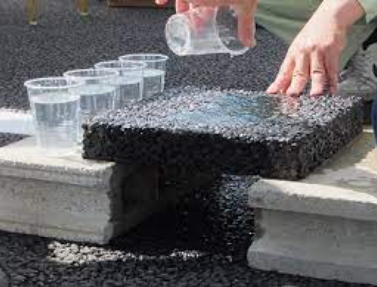
Have you ever played with magnets, sticking them to the fridge? Or maybe you’ve seen MRI machines in the hospital, which use powerful magnets to create images of the inside of your body; Either way, magnets are great, and they all rely on a property called magnetic permeability.
So what is magnetic permeability? Simply put, it is a measure of how easily a material can be magnetized. Some materials, such as iron, nickel and cobalt, have a high magnetic permeability, which means that they can be easily magnetized when exposed to a magnetic field. Other materials, such as copper and aluminum, have low magnetic permeability, which means they are not as easily magnetized.


Think of it like a group of friends trying to get into a party, if the door is easy to open and everyone can get in quickly, we would say the party has high permeability, but if the door is hard to open and only a few people can enter at the same time, we would say that it has little permeability. In the same way, materials with high magnetic permeability allow magnetic fields to easily pass through and become magnetized, while materials with low magnetic permeability resist the magnetic field and are less likely to become magnetized.
So why is magnetic permeability important? Well, it’s what makes magnets work! When a magnetic field is applied to a material with high magnetic permeability, such as iron, the material becomes magnetized and creates its own magnetic field. This can attract or repel other magnets, or even create an electrical current in nearby wires (such as in a generator).

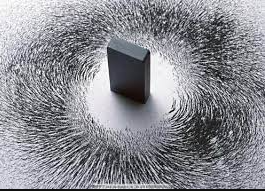
Magnetic permeability also plays a role in many technological applications—MRI machines, for example, use powerful magnets to create images of the inside of your body. These magnets must be made of materials with high magnetic permeability so that they can create a strong magnetic field, on the contrary, electric motors and transformers use materials with low magnetic permeability to reduce energy loss and increase efficiency.
Whether you’re playing with magnets for fun or studying science and engineering, understanding magnetic permeability is essential. Keep exploring the world of magnetism and who knows, you might become the next great inventor of magnetic technology! Watch the video below and let’s continue learning more about magnetic permeability in practice.

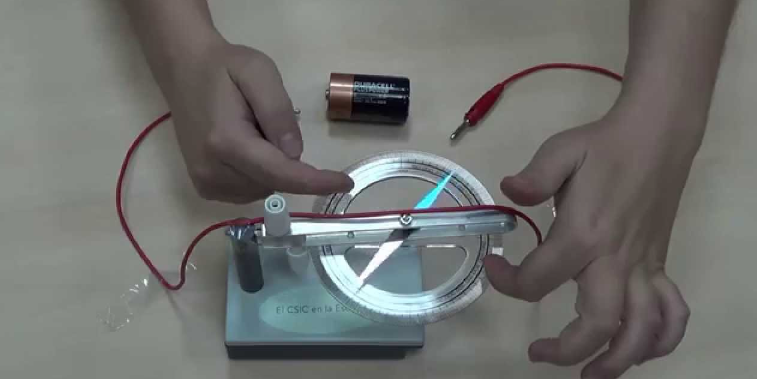
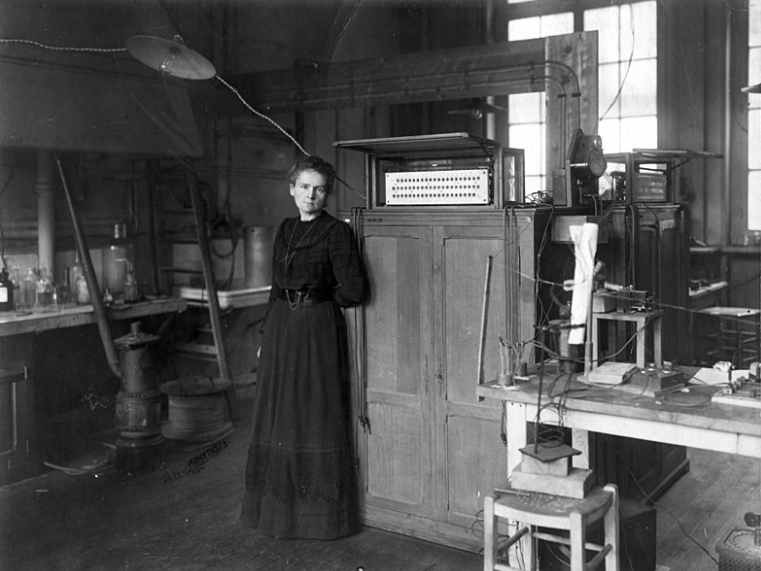

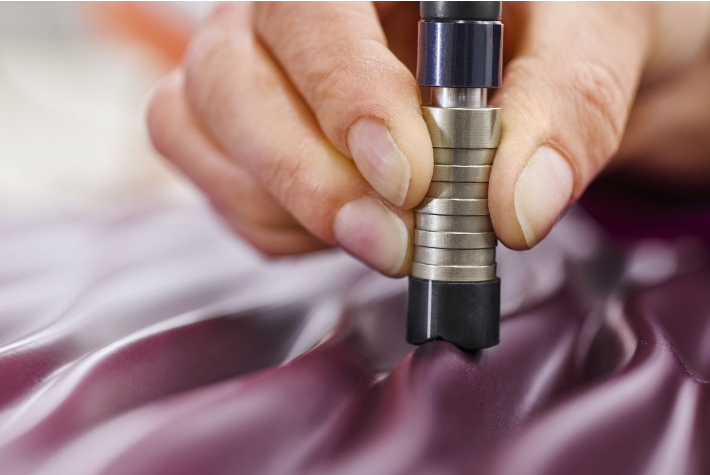
Responses